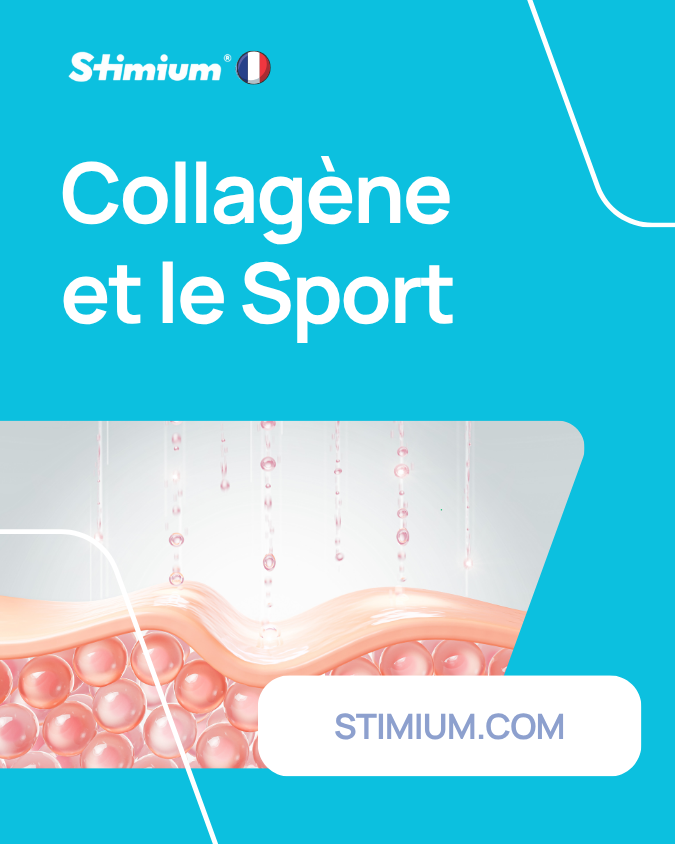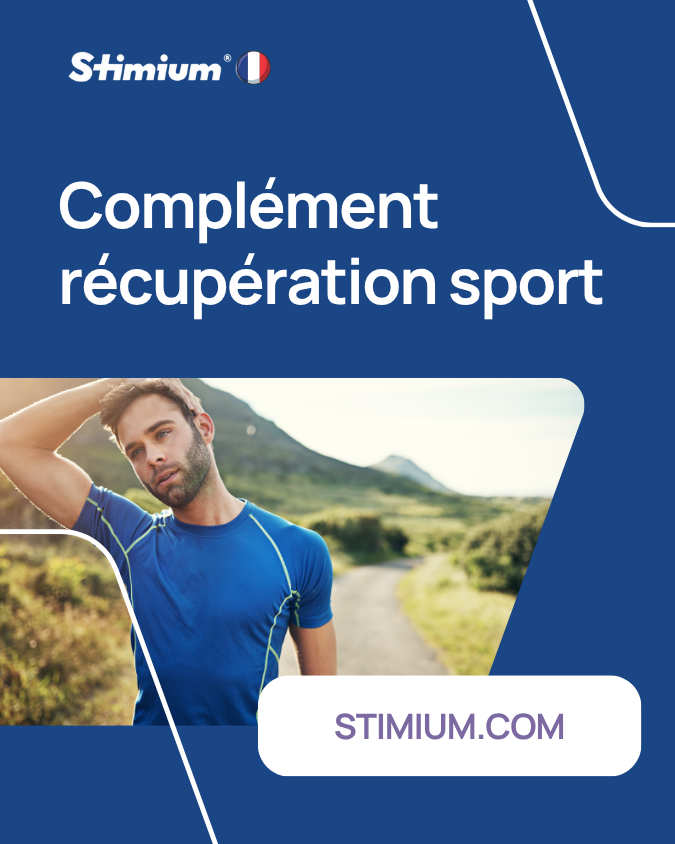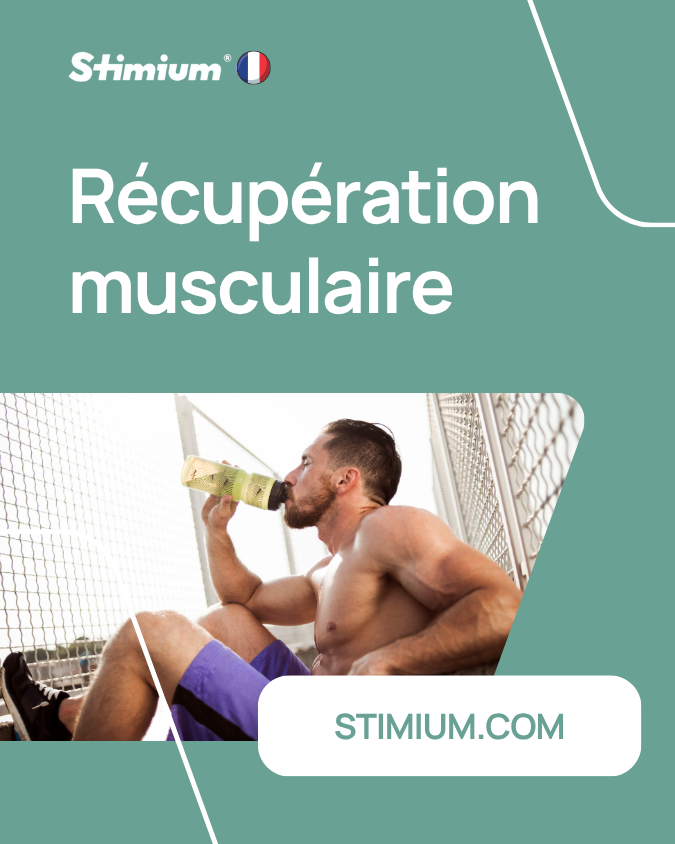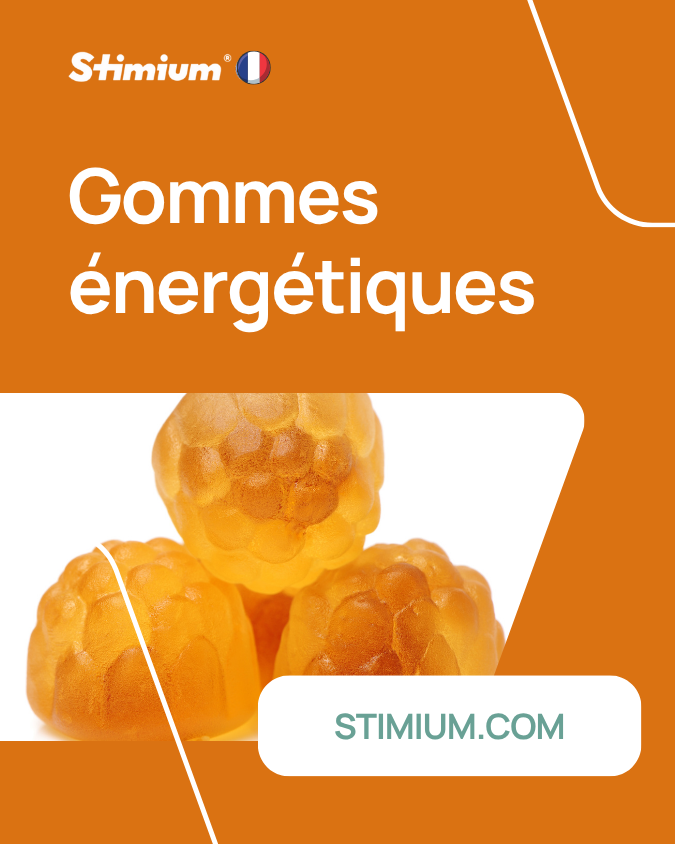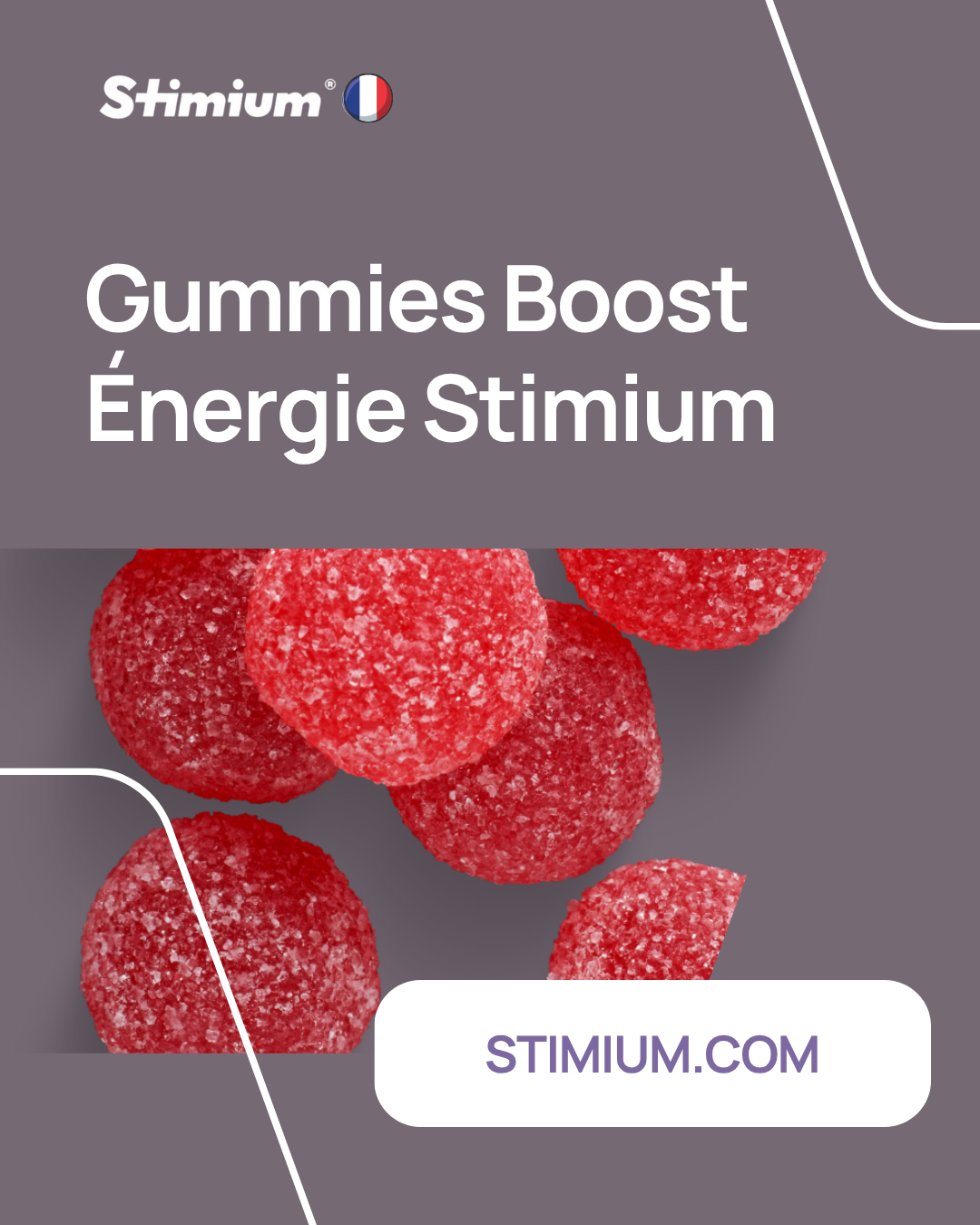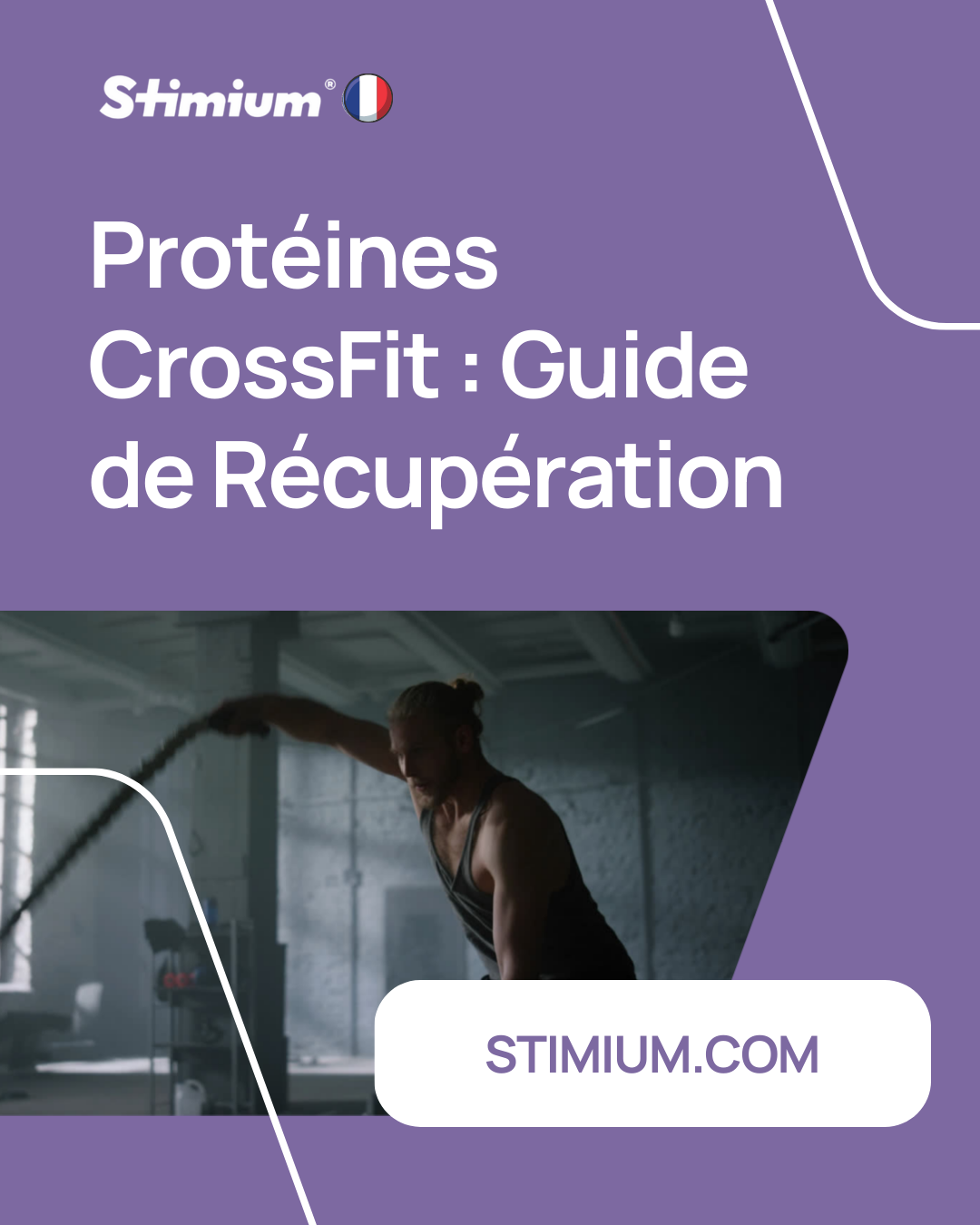Night Ultra-Trail: The Secrets of Successful Recovery
You've just crossed the finish line of your nighttime ultra-trail, an achievement that deserves to be celebrated. However, the effort doesn't stop there. Recovery is a crucial step that will determine your comfort in the coming days and your ability to resume training effectively.
Nighttime ultratrail races place unique demands on your body: sleep deprivation, circadian rhythm disruption, and additional stress on your muscles and joints. Optimal recovery after such an effort requires a strategic approach.
In this article, we'll explore the most effective methods for recovering after a nighttime ultra-trail, drawing on the latest scientific research and the experience of top athletes. You'll discover how STIMIUM products can fit into your recovery protocol.
Key Points to Remember
- The importance of strategic recovery after a night ultra-trail
- The specific challenges your body faces after a night run
- How STIMIUM products can help maximize your recovery
- Scientific methods for optimal recovery
- The impact of recovery on your ability to return to training
The Physiological Impacts of Night Ultra-Trail Running
The Night Ultra-Trail is a challenge that pushes your body to its limits, resulting in significant physiological consequences. After such an ordeal, it's crucial to understand the impacts on your body to initiate effective recovery.
Specific muscular and joint consequences
During a nighttime ultra-trail, your muscles and joints are under considerable stress.
Muscle damage and inflammation
Muscle damage resulting from intense exercise can cause inflammation. This inflammation is your body's natural response to intense exercise.
Joint and tendon stress
Joint and tendon stress is also a direct consequence of prolonged exertion. This can lead to joint pain and stiffness.
Dehydration and electrolyte imbalances
Dehydration is one of the main risks associated with nighttime ultra-trail running. Even with good fueling, you can still end up dehydrated due to exertion and sweating. Therefore, it's crucial to drink upon arrival to rehydrate your body.
- Your body can lose up to 2-3 liters of water per hour depending on weather conditions and the intensity of the exercise.
- Dehydration is accompanied by a loss of essential electrolytes (sodium, potassium, magnesium) for proper muscle and nerve function.
- Night runs increase the risk of dehydration due to decreased thirst perception.
- Electrolyte imbalances can cause cramps and excessive fatigue that will persist until fluid balance is restored.
- Strategic rehydration is necessary to restore fluid balance and allow your body to recover effectively.
Immediate Post-Race Strategies
Recovery after a nighttime ultratrail begins within minutes of the race. It's essential to adopt an effective strategy to minimize the negative impacts of intense exertion on your body.
Protocol for the first 30 minutes
In the first 30 minutes after arrival, your body is particularly receptive to nutrients and rehydration.
Emergency rehydration
It's crucial to rehydrate your body immediately after running. Rehydration helps restore electrolyte balance and prevent dehydration.
First nutritional contribution
Consuming a mixture of carbohydrates and protein within the first 30 minutes helps kick-start muscle recovery and replenish energy stores.
2-3 hours after arrival
In the hours following the race, it is important to continue recovery efforts.
Body temperature management
After your run, taking a shower can help regulate your body temperature. This can also be combined with massages to promote recovery.
Joint and muscle first aid
- A light drainage massage can reduce muscle pain.
- Applying anti-inflammatory creams to tired legs can relieve painful areas.
- Elevating your legs for 15-20 minutes promotes venous return.
These joint and muscle treatments are essential for recovering after an intense race like a nighttime ultra-trail.
Nutrition and Hydration to Rebuild the Body
Your body has put in a tremendous effort during the nighttime ultra-trail; now it's time to provide it with the nutrients it needs for optimal recovery. Nutrition and hydration are crucial to help your body rebuild after such an effort.
Complete rehydration strategy
Rehydration is the first step toward successful recovery. It's essential to restore your body's fluid and electrolyte balance.
Essential electrolytes and minerals
Electrolytes such as sodium, potassium, and magnesium play a crucial role in regulating bodily functions. It is recommended to consume beverages or supplements containing these essential minerals to restore electrolyte balance.
Hydration volume and frequency
It is advisable to drink small, frequent amounts to avoid gastrointestinal disturbances. A good start is 400 to 600 ml of water or an electrolyte drink within 30 minutes of running.
Replenishment of energy reserves
After rehydration, it's crucial to replenish your energy stores. Carbohydrates and protein are essential for restoring your glycogen stores and repairing your muscles.
Carbohydrates: optimal quantities and timing
Consume complex carbohydrates within 2 hours of your run to maximize glycogen replenishment. Foods like pasta, rice, or potatoes are excellent.
Protein: Dosage for Muscle Repair
Protein is vital for muscle repair. An intake of 20 to 30 grams of protein within 30 to 60 minutes after running is recommended to initiate muscle recovery.
48-hour meal plan
Here is an example of a 48-hour nutritional plan to maximize your recovery:
- Day 1 (0-24h): Start with a liquid snack rich in carbohydrates and protein within 30 minutes post-race, followed by a full meal 2 hours later.
- Continue with 4-5 small, balanced meals every 3 hours, favoring anti-inflammatory foods.
- Day 2 (24-48h): Maintain a high protein intake (2g/kg) spread throughout the day, with a focus on natural antioxidants.
- Incorporate foods rich in tryptophan to promote serotonin production and help reset your circadian cycle.
This strategic nutritional plan significantly accelerates your recovery and prepares your body to gradually resume training.
Nighttime Ultra-Trail Recovery: The Importance of Sleep
Successful recovery after a nighttime ultra-trail race depends heavily on the quality of sleep. Indeed, it is during sleep that the body repairs muscles, strengthens the immune system, and replenishes energy reserves.
Restore the disrupted circadian cycle
After a nighttime run, the circadian rhythm can be disrupted, affecting sleep quality. To restore this rhythm, it's essential to adopt certain strategies.
Post-night exercise relaxation techniques
Relaxation techniques such as deep breathing or progressive muscle relaxation can help reduce stress and muscle pain, making it easier to fall asleep.
Optimal environment for restorative sleep
Creating an environment conducive to sleep is crucial. This may include a comfortable bed, a dark and quiet room, and a comfortable room temperature.
Duration and quality of post-trail sleep
The duration and quality of sleep are crucial for effective recovery. It is recommended to get enough sleep to allow the body to fully repair itself.
Sleep phases and muscle recovery
The different stages of sleep, including deep sleep and REM sleep, play an important role in muscle recovery and tissue repair.
Pain management for better rest
Managing muscle and joint pain is essential to improving sleep quality. Strategies such as using natural anti-inflammatories, cold compresses, or compression garments can be effective.
In summary, improving sleep quality after a nighttime ultra-trail is crucial for successful recovery. By adopting relaxation techniques, creating an optimal sleep environment, and managing pain, runners can optimize their recovery.
Accelerated Physical Recovery Techniques
To recover effectively after a nighttime ultra-trail, it's essential to adopt the right techniques. Physical recovery is a complex process that requires a holistic approach, integrating both active and passive recovery methods.
Cryotherapy and compression protocols
Cryotherapy and compression are two commonly used methods to speed recovery. These techniques help reduce muscle soreness and improve blood circulation.
Cold baths: optimal temperature and duration
Cold baths are a form of cryotherapy that involves immersing the body in cold water. The ideal temperature is between 10 and 15°C, and the recommended duration is 10 to 15 minutes. This technique helps reduce inflammation and soothe muscles.
Compression garments: strategic use
Compression garments are designed to apply pressure to the muscles, improving blood circulation and reducing muscle vibration. It is recommended to wear them within the first 24 hours after exercise, for at least 8 hours per day.
Massages and active mobility
Massage and active mobility are complementary techniques that help restore muscle function and reduce stiffness. These methods promote blood circulation and help eliminate metabolic waste.
Recommended types of massages
Swedish massages or connective tissue massages are particularly recommended. They help relax muscles and improve flexibility.
Post-ultra adapted stretches
When it comes to stretching, it's crucial to follow a proper progression. For the first 24 hours, it's best to limit yourself to gentle mobility movements. From the second day onward, you can introduce light static stretches. Around the third or fourth day, more advanced techniques such as PNF or light dynamic stretches can be incorporated.
Here's an example of a suitable sequence: Start with 5 minutes of light walking, followed by circular movements of the ankles, knees and hips, and finish with gentle static stretches of the main muscle groups.
